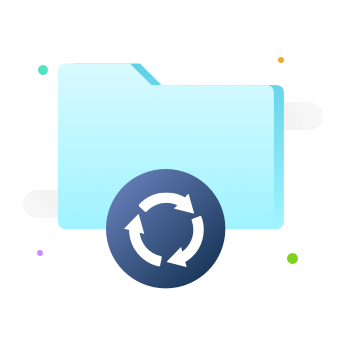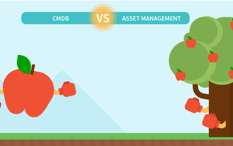Inventory Management
Asset tracking is a very complex process. All hardware and software assets purchased in an organization has to be tracked for which a large repository has to be maintained. This is not only expensive but also difficult to link back to the assets. With the inventory management capability of an IT asset management software, assets in stock and in use, such as hardware, software, contracts and any other configuration items, can be easily tracked and evaluated. Also, inventory management capability of IT asset management enables an organization to plan asset purchases by considering up-to-date information on existing assets.
Below are some of detailed information on inventory management capabilities that a good IT asset management software should have:
Asset tracking is a very complex process. All hardware and software assets purchased in an organization has to be tracked for which a large repository has to be maintained. This is not only expensive but also difficult to link back to the assets. With the inventory management capability of an IT asset management software, assets in stock and in use, such as hardware, software, contracts and any other configuration items, can be easily tracked and evaluated. Also, inventory management capability of IT asset management enables an organization to plan asset purchases by considering up-to-date information on existing assets.
Below are some of detailed information on inventory management capabilities that a good IT asset management software should have:
Single repository to track all assets in an organization
A good IT asset management software would have inventory management capabilities that can keep an extensive record of asset information (both in stock and in use). This will provide the user with visibility on all asset data. In addition to this, current ownership of the asset and its previous ownership has to be recorded. By getting information on an asset’s availability or capacity, decisions on an asset’s stock replenishment can be taken easily. Additionally, the threat of asset theft can be avoided with proper records.
Value of the assets can be evaluated easily
IT asset management software’s inventory management capability should also be able to provide insights on the value of all the assets in the organization throughout its lifecycle. Critical decisions regarding the expenses for the assets can be easily made because of these insights. Also, the information gained from these insights can be used for budget planning and to understand the expenditure made for IT and non IT assets.
Capability to monitor purchases
With the help of inventory management capability of IT asset management software, accurate asset data for an organization can be accessed from a single system in the service desk. Spending pattern and wasted resources can be analyzed to improve asset management.












